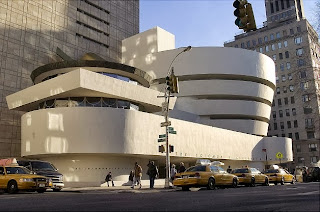
"Loretta Howard Gallery is pleased to present John Ashbery Collects, an immersive multi-media gallery experience showcasing a selection of things that inform Ashbery’s sensibility as well as his work as a poet, visual artist, collaborator, art critic and collector. Co-curated by Adam Fitzgerald and Emily Skillings and Loretta Howard Gallery, John Ashbery Collects explores the poet’s lifelong interest in collecting through the medium of his late-19th century house in Hudson, NY, a carefully composed collage-environment constructed over thirty-five years with an eclectic array of fine art by European and American masters, furniture, pottery, textiles, bric-a-brac, toys, and other objects, augmented by the content and associations that these objects hold for him—the images and artworks he arranges on his walls, the books he puts on his shelves, the music he plays, the cinema he watches—all organized in an architecturally-distinguished setting. ..."
Loretta Howard Gallery
John Ashbery: Poet Among Things - Loretta Howard Gallery
Standing Inside One of Ashbery’s Poems: Reviews of “John Ashbery Collects” (Video)
The Paris Review - Art House: On “John Ashbery Collects”
John Ashbery Collects: poet among things
2007 November: John Ashbery, 2009 October: PennSound, 2012 February: Reported Sightings: Art Chronicles, 1957-1987, 2012 October: Rivers and Mountains, 2012 November: Self Portrait in a Convex Mirror, 2013 June: New critical edition of John Ashbery’s “The Skaters”, 2013 August: Some Trees.




































+%5BMexico%5D+(1).jpg)











